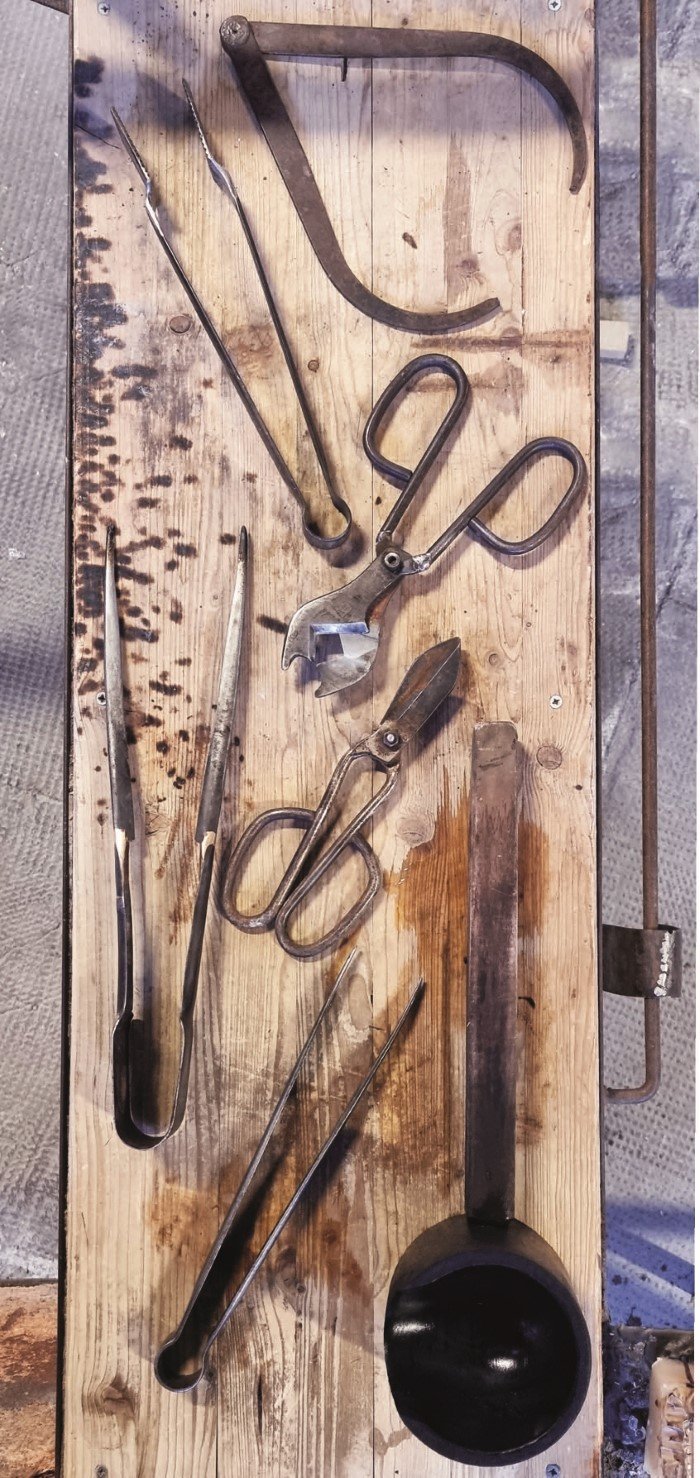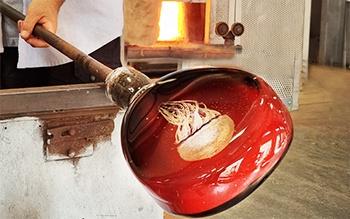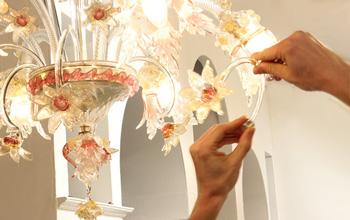Short history about venetian glass from the Egyptians to last century. We introduce the most important techniques:glass blowing, glass modelling and millefiori. Some curiosity.
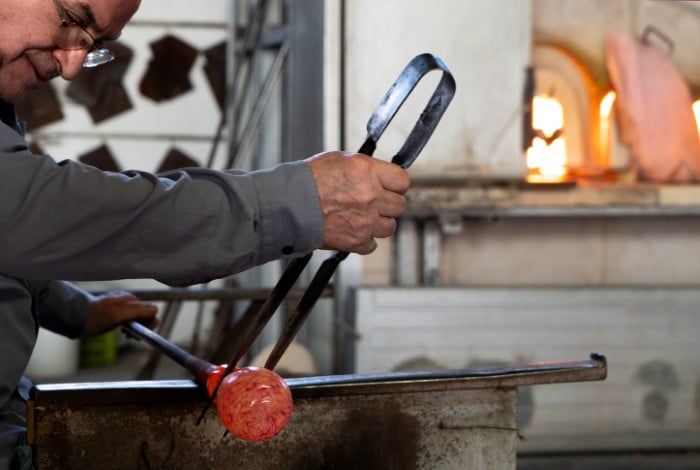
The history of Murano glass
It is said that the Egyptians discovered the glass in the 5 millennium BC and later the Phoenicians developed the glass blowing technique. The production of ornamental objects and use in glass expanded enormously, becoming in 1st century AD important for the populations of the Mediterranean basin.
Venice and Murano began a flourishing trade of glass
between the Eastern and Western Roman Empire, realizing
goblets, chalices, bottles, glasses, lamps and mugs, of
extraordinary artistic quality.
Aristocrats and wealthy merchants already used in the Renaissance objects made in Murano, which came used both for everyday use and for the decoration of luxury buildings.
At the end of the 19th century, after a long period of accentuated
crisis from the Austrian economic policy in
favor of Bohemian crystal, the great rebirth of Murano
glass took place and contributed to the new international
relaunch of glass.
Throughout the 1900s, Murano glass was an expression of world of Liberty style, Art Déco and new currents artistic.
The techniques of Murano glass
The blown glass
The technique allows to create objects with an internal cavity, the hot air blown by the Master’s mouth as he ascends under pressure it forces the glass mass to swell. The technique is useful for forging vases, centerpieces, glasses, cups and chandeliers. 
The patterned glass
Sculptural glass modeling is performed free hand with pliers, scissors, and various tools from the Master, who with great skill works the hot mass of glass to make artistic forms.
The millefiori murrina
They are polychrome tesserae obtained from sections of glass rods which are subsequently hot compacted to obtain the mosaic effect visible in many objects.
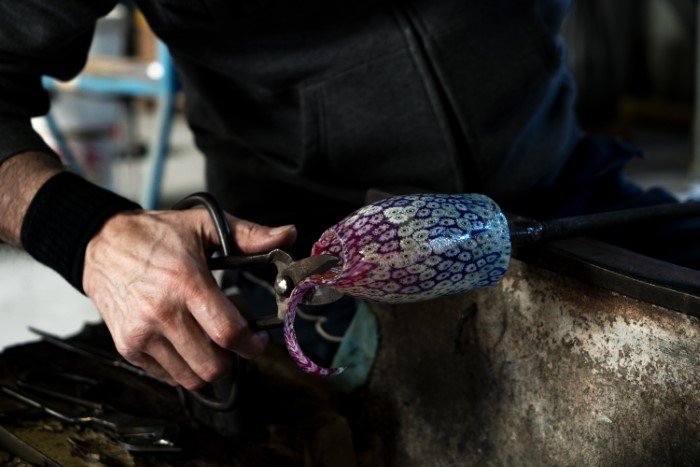
Curiosity
Glass is made by mixing silica sand, soda and limestone, together with opacifying or coloring raw materials in a crucible, inside the oven at temperatures of 1300 degrees.
The peculiarities of Murano glass are its colors.
They are inspired by precious gems such as ruby,
amethyst, chalcedony, amber, aventurine and emerald;
obtained with secret chemical compositions of natural
minerals like copper, silver and gold. The glass masters, at the time of the Serenissima, were the the only non-noble who could marry the daughters of the patricians.
To preserve this art they could not leave the island of
Murano except with the permission of the Doge.
Murano glass works acquire value over time and are
handed down from generation to generation.
